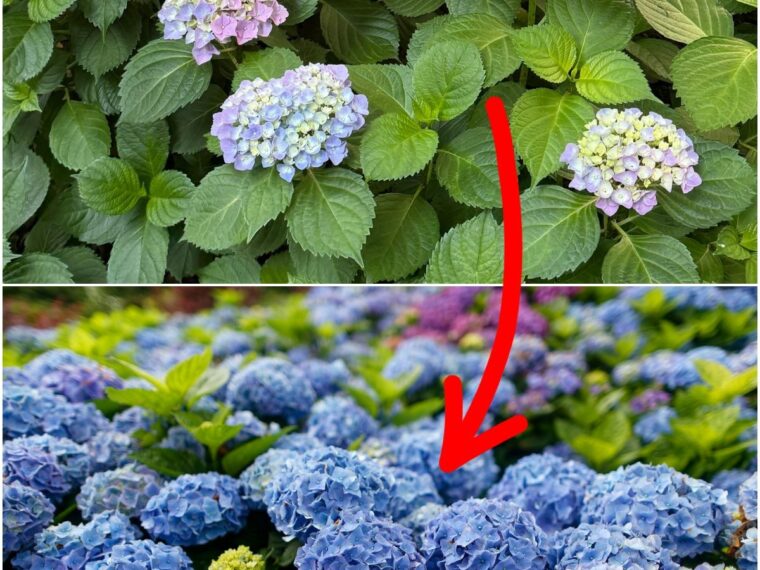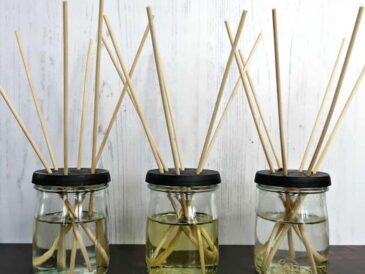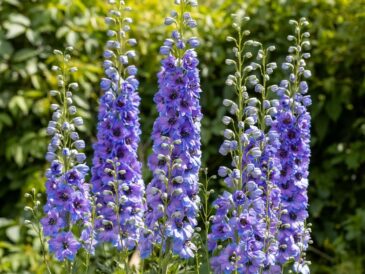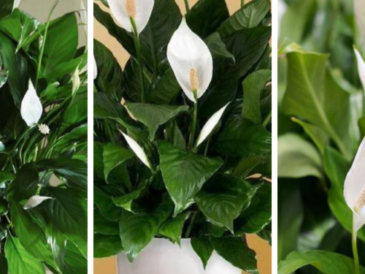Hydrangeas are prized for their lush, colorful blooms and are often the centerpiece of many home gardens. But what happens when your hydrangea refuses to bloom? You’re not alone—this is one of the most common complaints among gardeners. Fortunately, there are several identifiable reasons for bloom failure, and most are easily fixable once you understand what’s going wrong.
🌸 1. Pruning at the Wrong Time
The Problem:
Hydrangeas bloom on either old wood (growth from the previous year) or new wood (growth from the current year), depending on the type. If you prune at the wrong time, you’re likely cutting off the developing buds before they bloom.
The Fix:
- Bigleaf (Hydrangea macrophylla) and Oakleaf (Hydrangea quercifolia) bloom on old wood. Prune immediately after flowering, usually by mid-summer.
- Panicle (Hydrangea paniculata) and Smooth hydrangeas (Hydrangea arborescens) bloom on new wood. You can prune these in late winter or early spring.
🌤️ 2. Not Enough Sunlight
The Problem:
While hydrangeas enjoy partial shade, too much shade can reduce flower production dramatically. Most varieties need at least 4–6 hours of direct morning sun to bloom.
The Fix:
- Trim back nearby shrubs or trees that block light.
- Consider relocating the hydrangea to a sunnier spot in your garden, especially for panicle types that thrive in full sun.
❄️ 3. Winter Damage
The Problem:
In colder climates, winter frost can kill flower buds formed on old wood before they have a chance to bloom. Late spring frosts can be especially harmful.
The Fix:
- Cover your hydrangea with burlap or a frost cloth during cold nights in early spring.
- Mulch the base heavily to insulate the roots.
- Choose more cold-hardy varieties like Hydrangea paniculata or Hydrangea arborescens if you live in zone 5 or below.
🌿 4. Over-Fertilizing with Nitrogen
The Problem:
Too much nitrogen encourages leaf growth over blooms. This is common when hydrangeas are planted near a lawn that’s frequently fertilized.
The Fix:
TO CONTINUE READING THE ARTICLE PLEASE SEE PAGE 2




